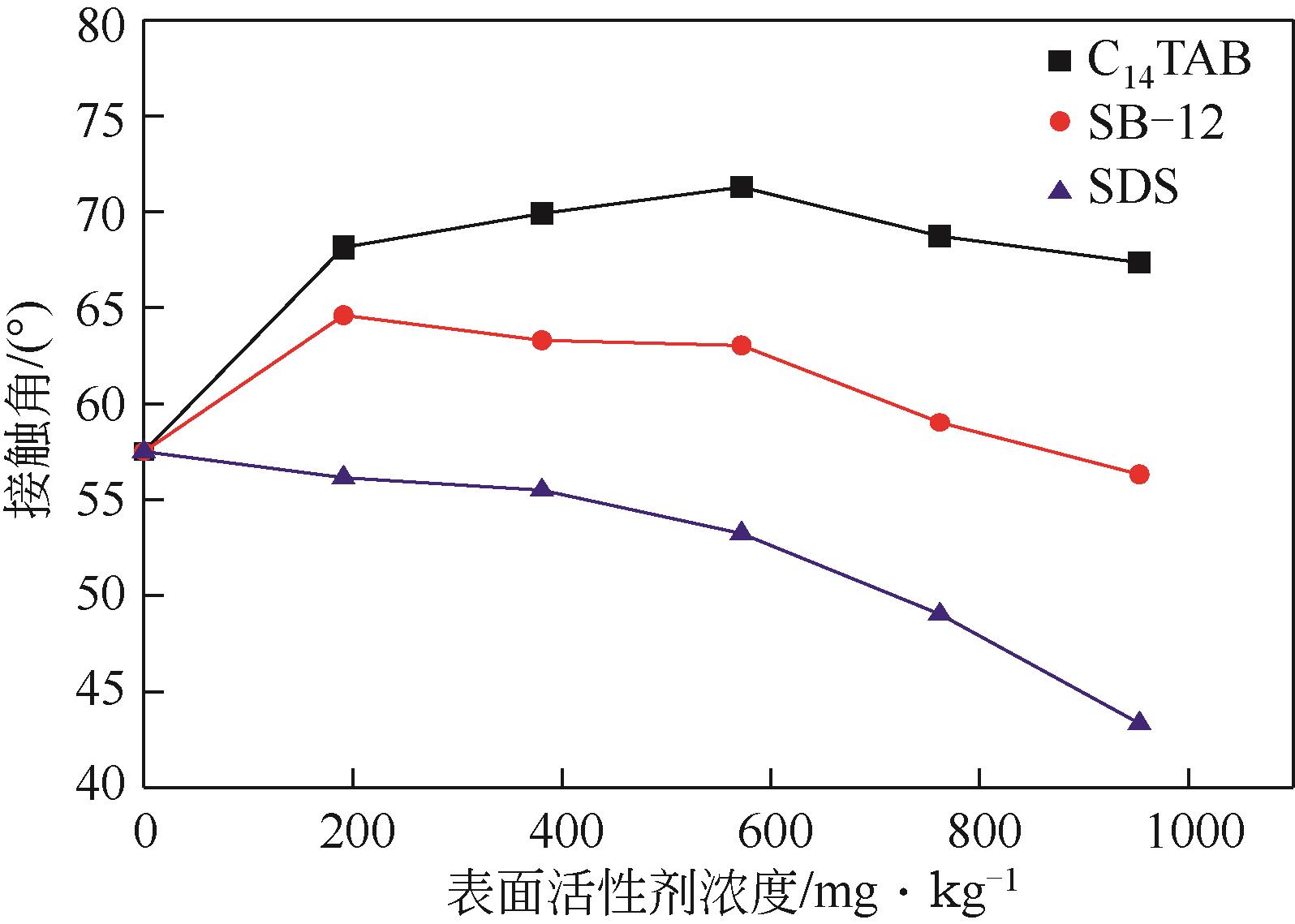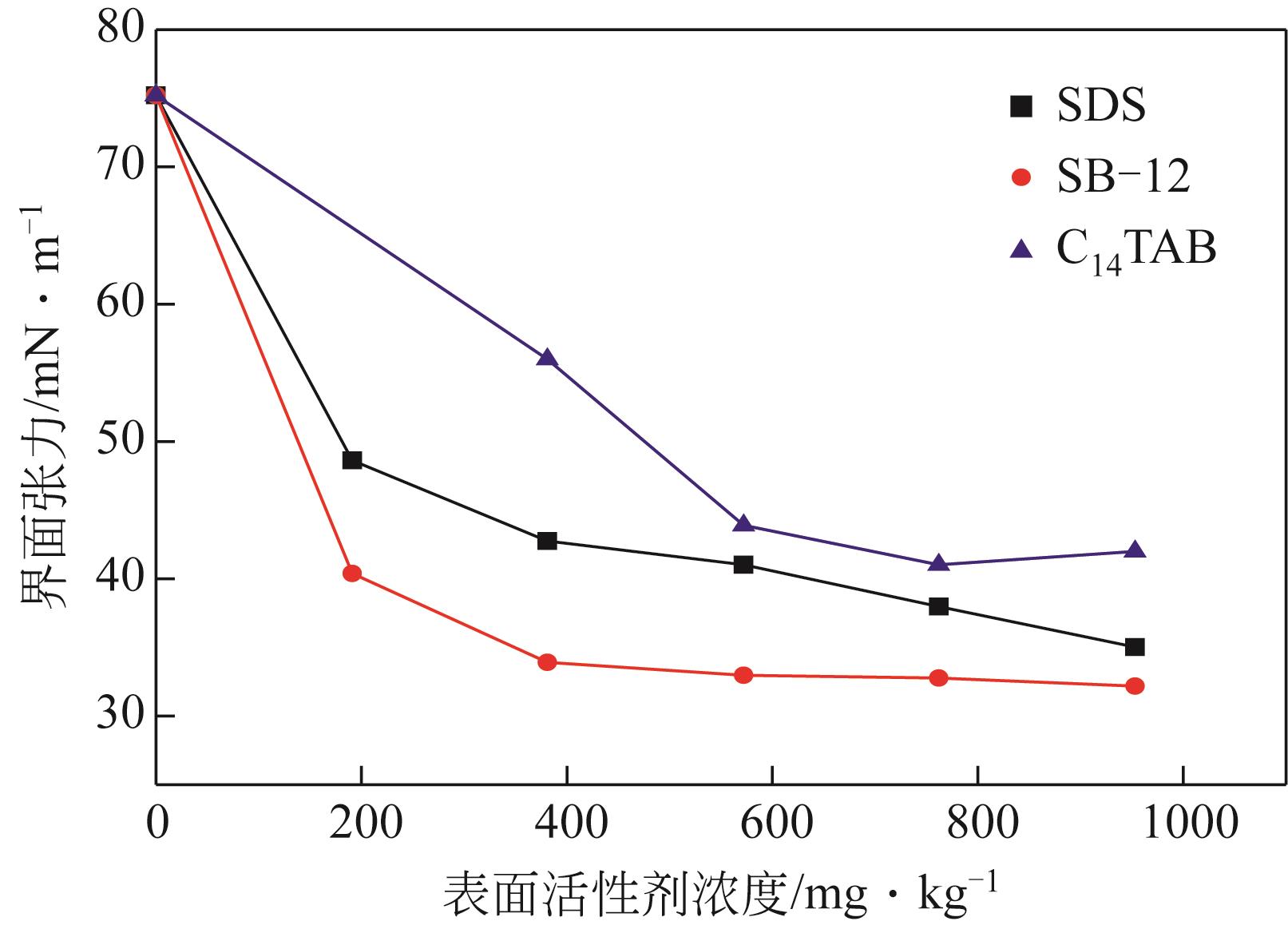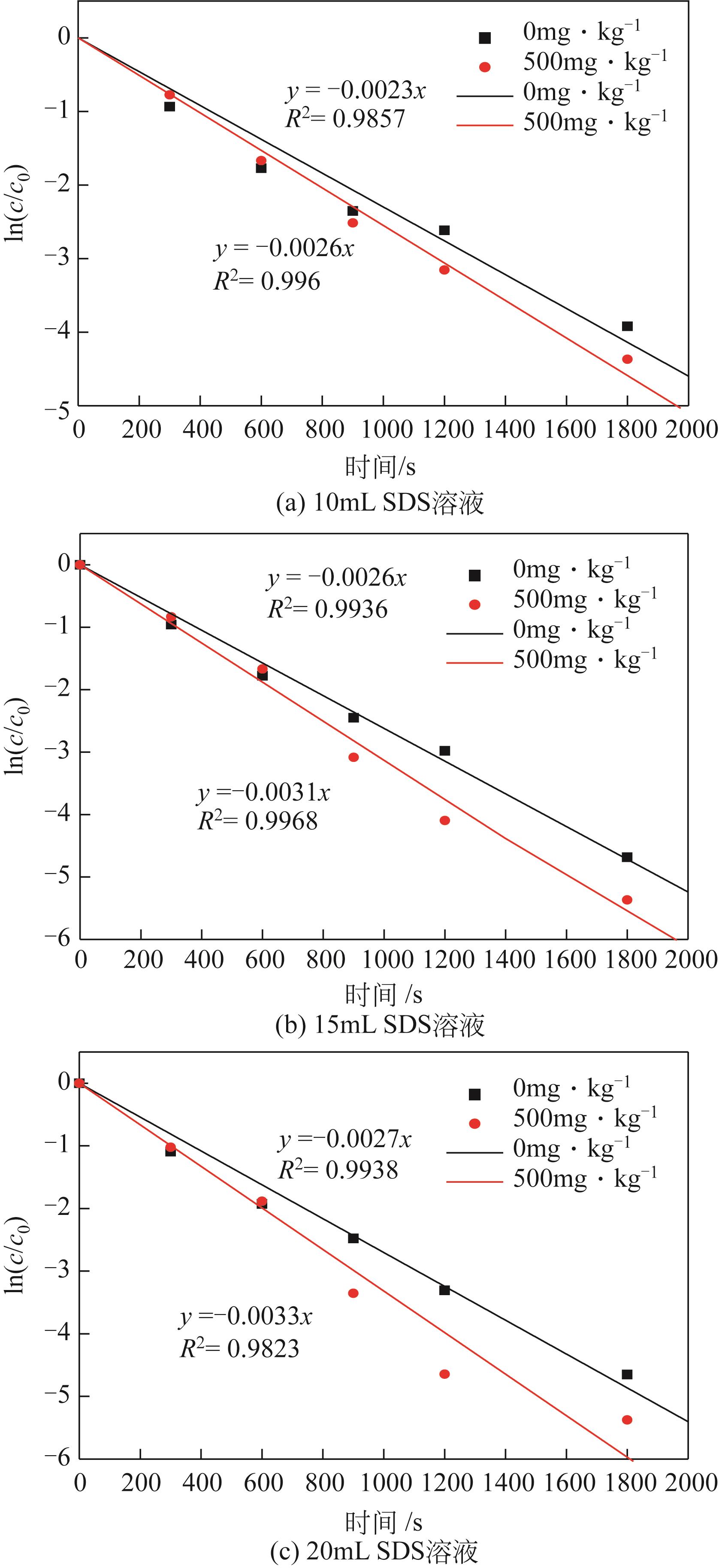| 1 |
王君妍,白云,马国强,等. 重质油-固体系分离与资源化回收研究进展[J]. 化工进展, 2019, 38(1): 649-663.
|
|
WAN Junyan, BAI Yun, MA Guoqiang, et al. Recent advances in separation and recovery of oil from heavy oil-solid systems[J].Chemical Industry and Engineering Progress, 2019, 38(1): 649-663.
|
| 2 |
SANTOS R G, LOH W, BANNWART A C, et al. An overview of heavy oil properties and its recovery and transportation methods[J]. Brazilian Journal of Chemical Engineering, 2014, 31(3): 571-590.
|
| 3 |
HEATH G A, MASNADI M S, EL-HOUJEIRI H M, et al. Global carbon intensity of crude oil production[J]. Science, 2018, 361(6405): 851-853.
|
| 4 |
MASLIYAH J, ZHOU Z J, XU Z H, et al. Understanding water-based bitumen extraction from athabasca oil sands[J]. The Canadian Journal of Chemical Engineering, 2004, 82(4): 628-654.
|
| 5 |
LIN F, STOYANOV S R, XU Y M. Recent advances in nonaqueous extraction of bitumen from mineable oil sands: a review[J]. Organic Process Research & Development, 2017, 21(4): 492-510.
|
| 6 |
LI X G, YANG Z Q, SUI H, et al. A hybrid process for oil-solid separation by a novel multifunctional switchable solvent[J]. Fuel, 2018, 221: 303-310.
|
| 7 |
SUI H, MA G Q, HE L, et al. Recovery of heavy hydrocarbons from Indonesian carbonate asphalt rocks (I): Solvent extraction, particle sedimentation, and solvent recycling[J]. Energy & Fuels, 2016, 30(11): 9242-9249.
|
| 8 |
GONG Z Q, DU A X, WANG Z B, et al. Analysis on integrated thermal treatment of oil sludge by Aspen Plus[J]. Waste Manage, 2019, 87: 512-524.
|
| 9 |
MA Y, LI S Y. The pyrolysis, extraction and kinetics of Buton oil sand bitumen[J]. Fuel Processing Technology, 2012, 100: 11-15.
|
| 10 |
DING M S, ZHANG Y, LIU J, et al. Application of microbial enhanced oil recovery technology in water-based bitumen extraction from weathered oil sands[J]. American Institute of Chemical Engineers, 2014, 60(8): 2985-2993.
|
| 11 |
HE L, LIN F, LI X G, et al. Interfacial sciences in unconventional petroleum production: from fundamentals to applications[J]. Chemical Society Reviews, 2015, 44(15): 5446-5494.
|
| 12 |
LI X G, HE L, WU G Z, et al. Operational parameters, evaluation methods, and fundamental mechanisms: aspects of nonaqueous extraction of bitumen from oil sands[J]. Energy & Fuels, 2012, 26(6): 3553-3563.
|
| 13 |
NIKAKHTARI H, PAL K, WOLF S, et al. Solvent removal from cyclohexane-extracted oil sands gangue[J]. The Canadian Journal of Chemical Engineering, 2016, 94(3): 408-414.
|
| 14 |
PANDA S, PAL K, MERZARA S, et al. Transport and removal of a solvent in porous media in the presence of bitumen, a highly viscous solute[J]. Chemical Engineering Science, 2017, 165: 229-239.
|
| 15 |
RENAUD R, PAL K, WEIß T, et al. Vacuum drying of cyclohexane from solvent-extracted oil sands gangue[J]. The Canadian Journal of Chemical Engineering, 2017, 95(3): 459-466.
|
| 16 |
WANG J Y, LI X G, MA G Q, et al. Removal of residual solvent from solvent-extracted unconventional oil ores gangue by gas bubbling[J]. Separation and Purification Technology, 2021, 254: 117551.
|
| 17 |
NAJAFI A S, DRELICH J, YEUNG A, et al. A novel method of measuring electrophoretic mobility of gas bubbles[J]. Journal of Colloid and Interface Science, 2007, 308(2): 344-350.
|
| 18 |
蒋平, 张贵才, 葛际江, 等. 表面活性剂剥离固体表面原油机理[J]. 石油学报(石油加工), 2008, 24(2): 222-226.
|
|
JIANG Ping, ZHANG Guicai, GE Jijiang, et al. The mechanism of oil displacement from solid surface by surfactant[J]. Acta Petrolei Sinica (Petroleum Processing Section), 2008, 24(2): 222-226
|
| 19 |
HARKINS W D, Films FELDMAN A.. the spreading of liquids and the spreading coefficient[J]. Journal of the American Chemical Society, 1922, 44(12): 2665-2685.
|
| 20 |
SCHRADER M E. Young-dupre revisited[J]. Langmuir, 1995, 11(9): 3585-3589.
|
| 21 |
HUANG S-D, VALSARAJ K T, Wilson D J. Removal of refractory organics by aeration ( Ⅴ ): Solvent sublation of naphthalene and phenanthrene[J]. Separation Science and Technology, 1983, 18(10): 941-968.
|
 ), WANG Junyan1,2, HE Lin1,2,3(
), WANG Junyan1,2, HE Lin1,2,3( ), SUI Hong1,2, LI Xingang1,2,3
), SUI Hong1,2, LI Xingang1,2,3
 ), 王君妍1,2, 何林1,2,3(
), 王君妍1,2, 何林1,2,3( ), 隋红1,2, 李鑫钢1,2,3
), 隋红1,2, 李鑫钢1,2,3






